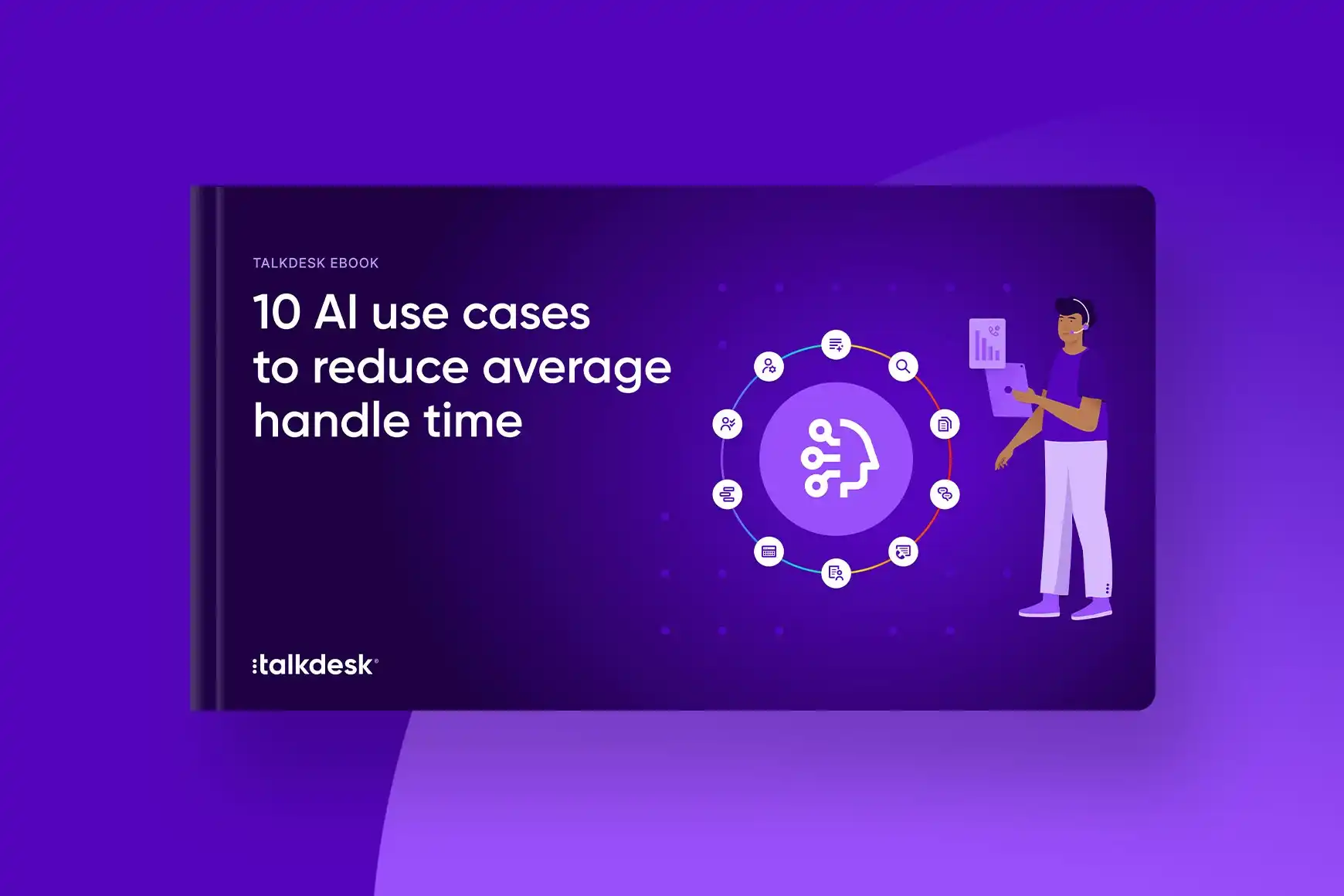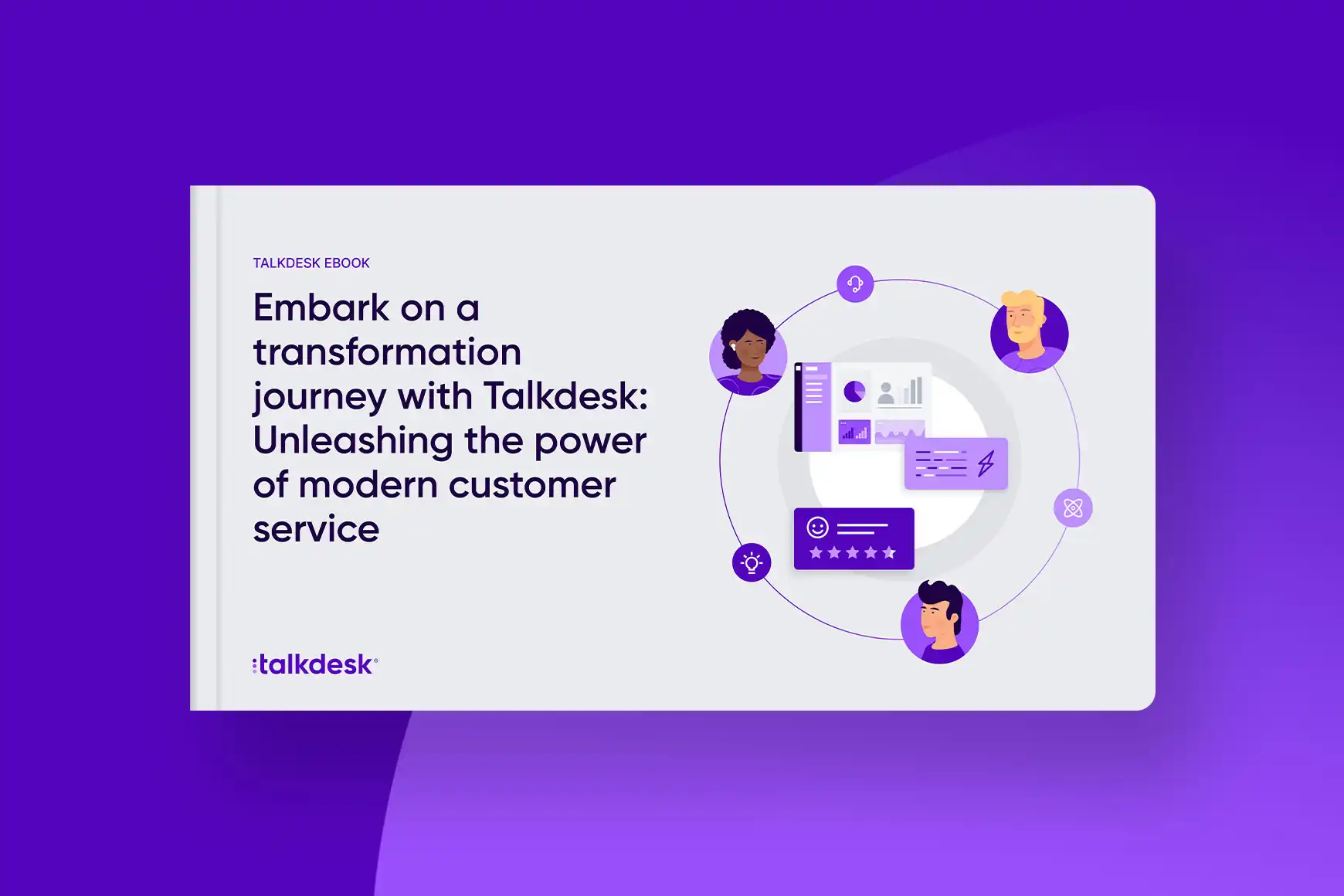7 essential strategies and tools for contact center optimization

By Celia Cerdeira
0 min read

In the dynamic world of customer service, every detail matters. It’s essential to stay on top of the latest trends and strategies for contact center optimization. This article will provide seven essential strategies and tools to help you optimize your contact center operations, including:
What is contact center optimization?
Contact center optimization refers to improving the efficiency, effectiveness, and overall performance of a contact center. It aims to streamline processes, utilize resources optimally, improve agent productivity, and enhance customer satisfaction.
Contact center optimization involves a wide range of strategies and practices. This includes workforce management for better scheduling and forecasting, knowledge management to ensure agents have access to the right information at the right time, and quality management to monitor and improve service delivery continuously.
It also includes adopting omnichannel solutions to provide seamless customer experiences across multiple touchpoints. Ultimately, optimized contact centers can meet changing customer demands, stay competitive, and drive business growth.
Five common challenges contact center operation leaders struggle with.
1. Low customer satisfaction rates.
A consistently low customer satisfaction rate could indicate a systemic problem in your contact center’s operations. It may be due to long wait times, a lack of issue resolution, or poor customer-agent interactions, such as poor communication skills or lack of empathy. These issues can stem from inadequate agent training, inefficient processes, or outdated technology. To solve lower customer satisfaction rates, you have to identify the root cause and implement effective strategies to improve service quality.
2. Outdated technology.
In an era where customers seek instant and accurate responses, outdated technology puts your contact center at a significant disadvantage. Outdated systems can limit capabilities like providing a 360-degree customer view, supporting multiple channels for an omnichannel experience, and automating processes for efficiency and accuracy all of which are crucial for modern customer service. Upgrading to current technology can enhance operational efficiency, improve data management, and enable a more personalized customer experience.
3. Too many tools.
While multiple tools can provide various functions and capabilities, managing them can be daunting for agents. They may have to switch between different systems to access information, which can lead to errors. Training agents to use numerous tools can also be time-consuming and costly. It’s important to streamline and integrate these tools to provide a unified interface for agents—a single pane of glass they use for all interactions—improving their productivity and the overall efficiency of the contact center.
4. Low performance.
Low performance in a contact center can be attributed to various factors such as poor agent training, inadequate tools, and ineffective processes. It can result in longer call handling times, lower first contact resolution rates, and ultimately, dissatisfied customers. It’s crucial to regularly assess and monitor key performance indicators (KPIs) to identify areas of improvement. Implementing effective training programs, upgrading tools, and refining processes can significantly enhance performance.
5. Agent attrition.
High agent turnover rates can disrupt the smooth functioning of a contact center. It can lead to inconsistent service delivery, increased recruitment and training costs, and an overall decline in performance. Factors contributing to high attrition rates may include lack of career advancement opportunities, inadequate compensation, or poor work environment. Addressing these issues can help retain agents and enhance the contact center’s performance.

EBOOK
10 AI use cases to reduce average handle time
Download our “10 AI Use Cases To Reduce Average Handle Time” eBook to find out how to win with AI.
Seven tools and strategies for contact center optimization.
To solve the problems mentioned above, try implementing the following tools and strategies in your contact center.
1. AI chatbots for self-service.
AI chatbots can significantly improve the efficiency of a contact center. They can handle routine inquiries, freeing agents to focus on more complex issues that require human intervention. This not only reduces wait times but also improves customer satisfaction.
2. AI workforce management solutions.
Managing a contact center involves juggling many complex tasks like scheduling, demand forecasting, performance tracking, and customer interaction analysis. This can be time-consuming and error-prone with traditional methods. AI-powered workforce management solutions, such as QM Assist, enhance the efficiency of quality management tools and provide actionable insights. Speech analytics and sentiment analysis can identify trends and patterns in customer interactions. These insights are instrumental in refining strategies and improving agent performance.
3. AI-powered contact center analytics solutions.
AI-powered interaction analytics solutions can provide a wealth of information about customer interactions, to give managers a deeper understanding of customer sentiment and behavior without the need for manual effort or intervention. These insights can guide decision-making and strategy formulation, leading to improved operations and customer satisfaction. They can also help identify training needs and areas of improvement for agents.
4. Omnichannel solutions.
In today’s digital age, customers expect seamless service across multiple channels. Omnichannel solutions provide a consistent experience across all touchpoints, be it phone, email, chat, social media, or others. A comprehensive view of customer interactions allows agents to deliver personalized service and improve customer satisfaction.
5. Integrating your CRM system with your contact center software.
Integrating your CRM system and contact center software can streamline processes and enhance service delivery, giving. Giving agents a holistic view of the customer’s history, including previous interactions and purchases. This allows agents to deliver personalized service, resolve issues faster, and improve customer experience.
6. Agent training.
Agent training equips agents with the skills to handle customer queries effectively and ensures a higher resolution rate, improved customer satisfaction, and fosters a more confident and productive workforce in the contact center. Training should also extend to using different tools and software, allowing agents to navigate them efficiently and reduce response times. Regular refresher courses can ensure that agents stay updated with the latest product information and processes, leading to improved customer service.
7. Employee reward programs.
Reward programs are an excellent way to boost morale and motivation among agents. Acknowledging exceptional performance encourages the individual and sets a benchmark for others. These programs can foster a sense of accomplishment and loyalty among agents, reducing attrition rates. They can also promote healthy competition, leading to overall improvement in the contact center’s performance.
Optimize your contact center with Talkdesk.
With the right strategies and tools, you can significantly improve your operations and customer satisfaction levels. Talkdesk offers a range of solutions that can help you transform your customer service.
Our cloud contact center platform is built to streamline processes, empower your agents, and provide superior customer experiences. From AI-powered features that automate routine tasks to real-time analytics that offer valuable insights, our solutions are geared toward driving growth and improving performance.
Our interface is easy to navigate, ensuring your teams can utilize all the features without a steep learning curve. This ease of use and our commitment to innovation help us (and you) stand out from the crowd. Download our free ebook to see how Talkdesk tools can help your contact center drive better business outcomes and deliver exceptional customer experiences.

EBOOK
Embark on a transformation journey with Talkdesk: Unleashing the power of modern customer service
Download our eBook now and unleash the power of a successful partnership that drives exceptional business outcomes for your customers and improves the bottom line.
FAQs.
How does AI impact contact center optimization?
AI can significantly improve contact center optimization by automating routine tasks, providing valuable insights through analytics, and enhancing customer interactions through chatbots and voice assistants. AI applications like sentiment analysis and predictive analytics can help supervisors understand customer behavior better, leading to improved service delivery.
How can I measure the success of contact center optimization efforts?
The success of contact center optimization efforts can be measured through key performance indicators (KPIs) like first contact resolution (FCR), average handle time (AHT), customer satisfaction score (CSAT), and agent attrition rate. Tracking changes in these metrics over time can provide a clearer picture of the effectiveness of your optimization strategies.
Why is contact center optimization important?
Contact center optimization improves efficiency, agent productivity, and customer satisfaction. It can significantly reduce costs and enhance the overall performance of the contact center. An optimized contact center can also better adapt to changing customer expectations and technological advancements, ensuring long-term sustainability and growth.





